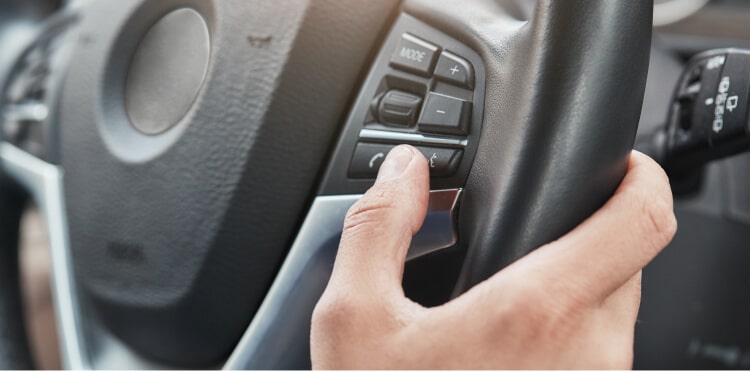Hyundai Motorstudio Senayan Park
Hyundai Motorstudio Senayan Park
Newsroom
-
Horn Functions, Rules, and Norms You Must Know About
- Hyundai Motorstudio Senayan Park 2022.08.24
-
The horn is a simple electromechanical device that employs electromagnetic principles to produce sound. Especially in cars, horns are standard components nowadays.
Horn is able to produce specific sounds for various types of vehicles. Divers use horns to signal other road users of their presence, as well as to get attention in times of danger.
Basically, the horn is needed though it cannot be used at any time. There is an unwritten rule regarding the procedure for using the horn in order to not to disturb anyone.
Car Horn Functions
A few decades ago, drivers used different signals to alert other road users to their presence with whistles and bells. But this simple tool is only useful for carriages and low-speed vehicles. Today, with the increasing speed of cars, there is a need for other devices that can produce louder sounds.
Several tools then emerged: the Godin which was a device that could be pressed while driving, the Sireno which could be heard up to several kilometers, and Gabriel which was able to make sounds with different tones.
Rees Hutchinson, a young scientist, works to improve an existing device. He made the Klaxon, a device that can be operated on a battery or pressure to produce a loud sound.
The klaxon, or horn, then became a mandatory component for every vehicle, even for electric cars that are now widely produced.
The function of the horn on modern cars remains unchanged, it's just the components that are now better because they use anti-rust material.
Sounding the horn is the most effective way to get an attention, and this is the main function of the horn from the beginning until now. It can be said, horn is a communication tool between one vehicle and another.
Horn Rules
There is an unwritten rule in honking the horn to avoid disturbing other road users. Basically, the horn should only be used in certain conditions such as:
1. Remind Other Drivers
This is the basic function of the horn, which is to alert other motorists if a vehicle is approaching. The horn can be used to notify other vehicles when it is about to overtake so they are more aware.
2. Signaling
Especially when you want to pick up other people, the horn can be used to signal that you have arrived. This function becomes more important especially in heavy rains. Instead of having to get out of the car in the rain to ring the doorbell, just use the horn to announce your arrival.
3. Alert Other Drivers
The horn can alert other drivers, especially at red lights, but with a few exceptions. You may press the horn when the light has turned green but other drivers have not moved because they are busy playing with gadgets, for example.
Drivers may honk their horns when they find other motorists driving while drowsy, which is common. The horn can wake the driver so they stop to rest.
4. Reverse Warning
It is highly recommended that you honk the horn while reversing so anyone behind is aware of the vehicle. This step can reduce the potential accidents if someone is standing behind the car.
5. Danger Signs
Emergency situations can arise at any time while traveling such as a tire burst or brake failure and fire. When this happens, honking the horn repeatedly can be interpreted as a sign of danger. By that, anyone near the car can respond to this dangerous situation.
6. Open the Way
When you are in the middle of a crowd, for example, the horn is useful to open the way. Sounding the horn can be interpreted as a permission so the vehicle can pass without causing any risk. Do the same when passing through narrow streets or residential areas where children often appear without warning.
Horn Norms
Cars are equipped with horns for various reasons, but there are times when drivers are not allowed to honk due to restrictive norms. Here are the norms for not honking the horn:
1. For Fun
You may get excited when honking the horn. Children who are bored sometimes open the window only to hear the sound of the horn that they press. Although it feels fun, honking carelessly must be avoided. It's unethical to honk anywhere, especially for fun.
2. Expressing Anger
Any driver may feel bored while driving, especially in traffic jams. But honking to express anger is not something wise. What if all the drivers turned out to feel the same?
Honing only increases frustration and anger. As much as possible, keep your hands off the horn to avoid problems.
3. To Greet
The horn is meant to tell the vehicle's position, not to greet between drivers. Although honking at friends may seem normal, sometimes it causes problems. Other drivers may misinterpret the sound and brake immediately in response. This situation poses a danger because it may trigger an accident.
4. When you Stop
When you stop, do not honk either in the parking lot or in the garage, especially at a red light. Don't be tempted to press the horn as soon as the light turns green. This is considered an aggressive act.




